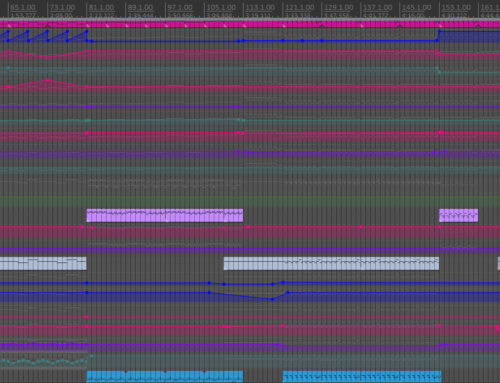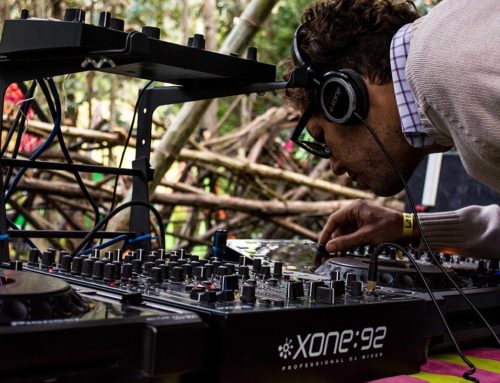tl; dr The world of virtual instruments may be just an emulation of real instruments, but it offers a vast amount of possibilities. It’s perfect for technically inclined people
MIDI vs analog
From my perspective, there are 2 fundamental types of recording: analog input and MIDI. I will explain these concepts only in simplified layman’s terms because I only need you to understand the basic difference between both when I get to the instruments.
Analog input results in static takes which can then be mixed. There is no clean way, however, in which I would be able to replace the instrument, change single notes or perform other changes prior to mixing. This is where MIDI input comes handy. MIDI (Musical Instrument Digital Interface) is a digital music protocol that has been around since the early 80s and is widely used throughout music recording tools. When recording with MIDI, your controller is sending packets of information to your DAW, such as pitch, velocity, channel etc… .
These packets are turned into notes which can be used as is, or further processed in order to fix mistakes. Notes can be shifted around, cut, joined, scaled and so on. There are only 2 drawbacks that somehow affected my work:
- You lose precision while recording notes and have to clean your recording. The various pieces of software communicating to each other (the driver and the DAW) will have some latency. This adds some time delay between the actual input and the recording, so the timing of your notes will be off. This can be fixed by quantizing notes which orders them in a time-based grid. This leads to problem°2
- You’re losing nuances and the resulting music can sound mechanical. Note timing might sound just too rigid if you quantize excessively. In the worst case, the track can completely lose its groove. In analog recordings, it’s sometimes the subtle mistakes (guitar string sliding, noise) that give the song an individual note.
For my music, this does not pose an issue at all. The genre spectrum I’m aiming at actually thrives on mechanical influences and ultimate flexibility when it comes to fine-tuning the sound in every way possible.
Virtual instrument basics
Let me get straight to the point now: a virtual instrument only exists in digital form. It is usually driven by MIDI inputs.
Virtual instruments are actually just one example of a VST ( Virtual Studio Technology ). When I talk about virtual instruments, I actually mean VSTs that produce music. Not every virtual instrument emulates a synthesizer though. there are also samplers, which play recorded samples. You can have a VST for a whole orchestra, or one that makes only 5 types of noise. The possibilities of VST, especially if you have the means to develop your own, are virtually endless.
Example tools
There are a few big names out there regarding synthesizer VSTs.
The most notable ones are Arturia, Omnisphere and Native Instruments. But before I bought expensive VSTs, I played a lot with Dexed which is free. A special praise goes out to XferRecords and their excellent tools.
If you’re into creating your own synths, but need some sort of framework, I can recommend VCV Rack (which is free) and Native Instrument’s Reaktor.
Splice – a fair deal
If you’re starting out, tested the water on some free VSTs and wish to move on with bigger tools, you will quickly see that this move comes at a cost. If you can’t have a deal with your vendor to pay in monthly installments, I suggest you check out splice.com. They offer a rent-to-own model which allows you to start producing right away.




